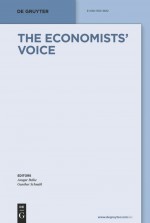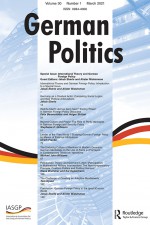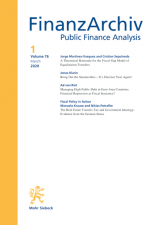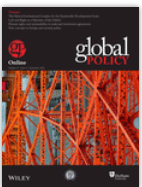Monetary Policy and Unnatural Low Interest Rates: Secular Stagnation or Financial Repression?

Market interest rates have been on a declining trend over the past 35 years in all advanced economies, even reaching negative territory in some European jurisdictions. This article reviews two competing explanations for the occurrence of unnatural low interest rates. The secular stagnation hypothesis of Keynesian origin maintains that persistent non-monetary factors have caused a structural excess of desired savings over planned investments which steadily pushed down the equilibrium real interest rate that is consistent with a balanced economy. Major central banks in turn failed to sufficiently lower their monetary policy rates to revive aggregate demand, leading to anaemic economic recoveries and hysteresis effects. By contrast, the financial repression doctrine argues that central banks pursued low interest rates to ease the government budget constraint and serve political objectives. The Austrian School of Economics states that this monetary easing bias sowed the seeds of repeated boom/bust cycles and created economic distortions that dragged down potential growth and the equilibrium real interest rate. The core of the debate appears to be the long-standing controversy about the desirable role for the state in guiding the economy on a higher potential growth path as opposed to relying on the efficiency of market processes in generating prosperity.








